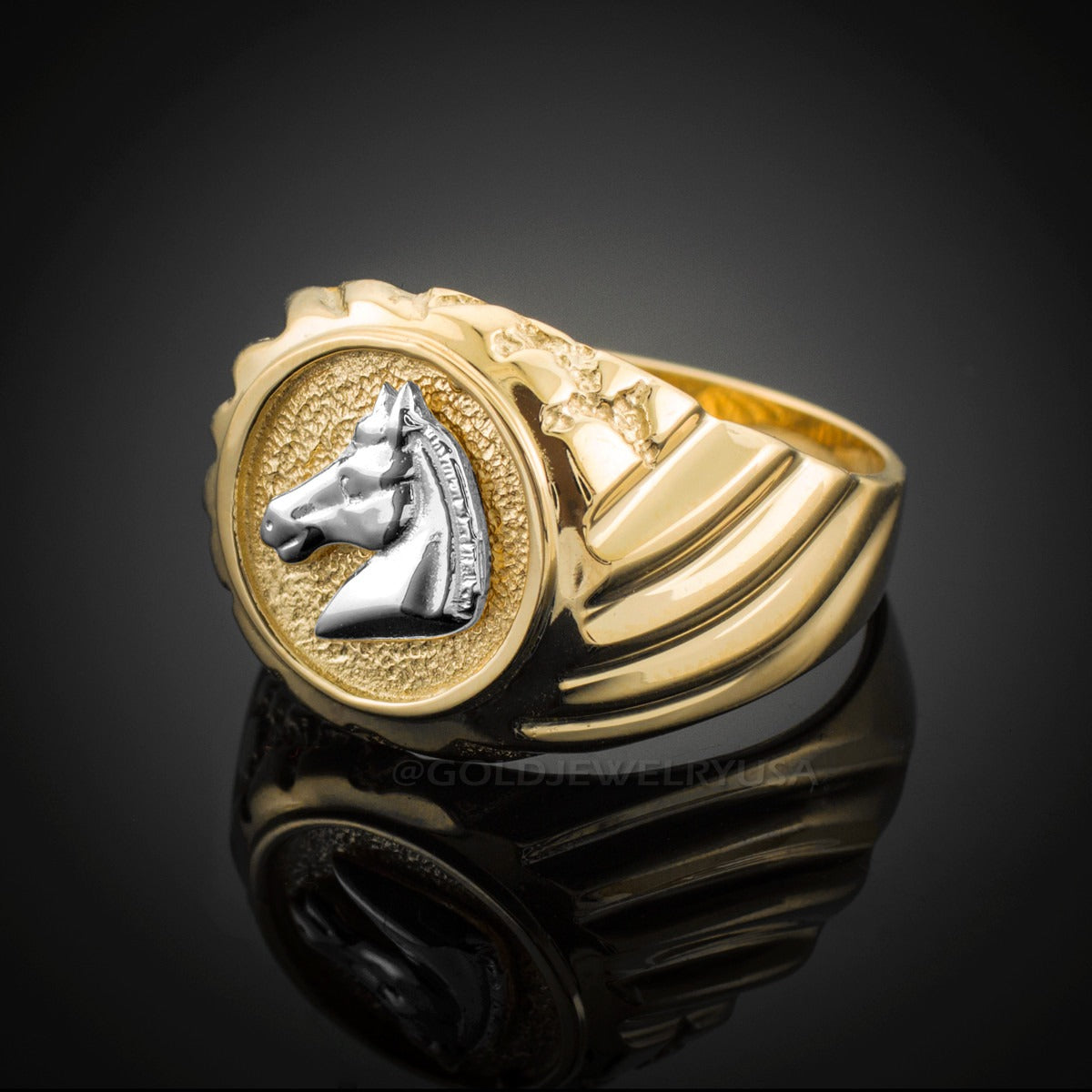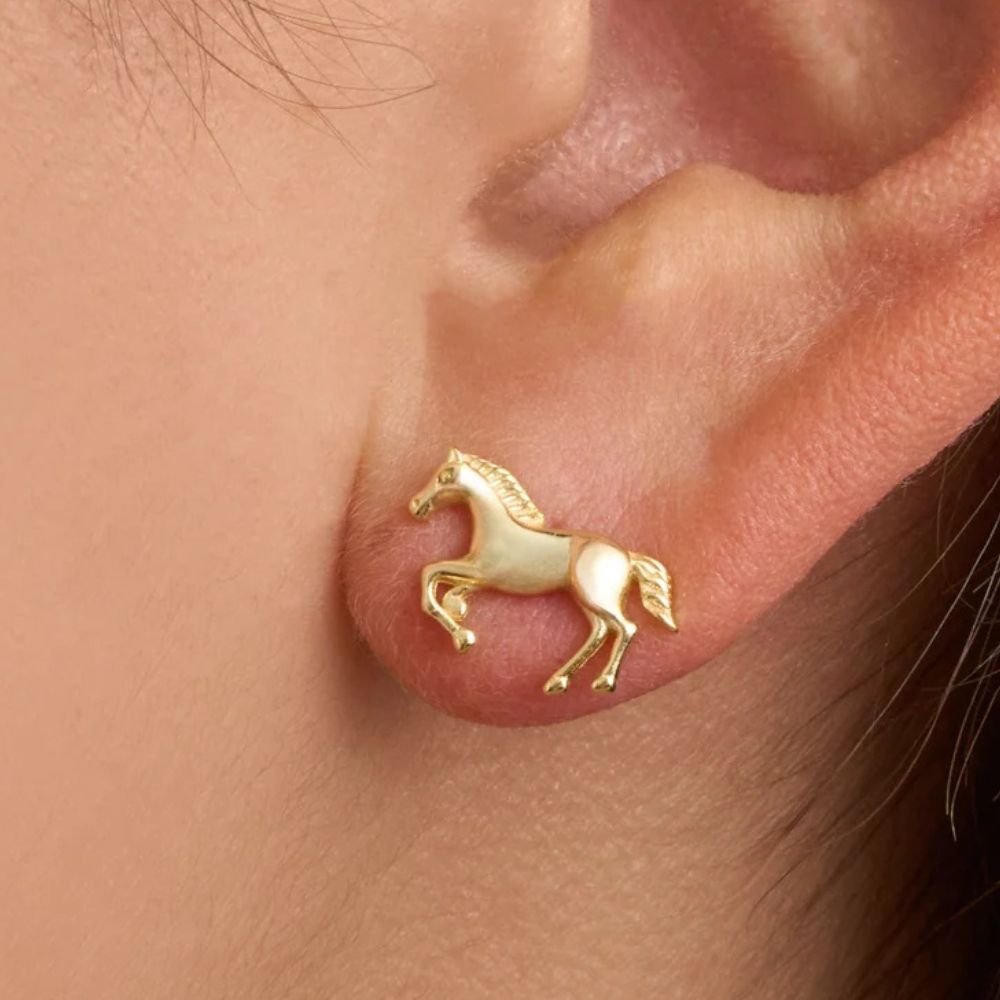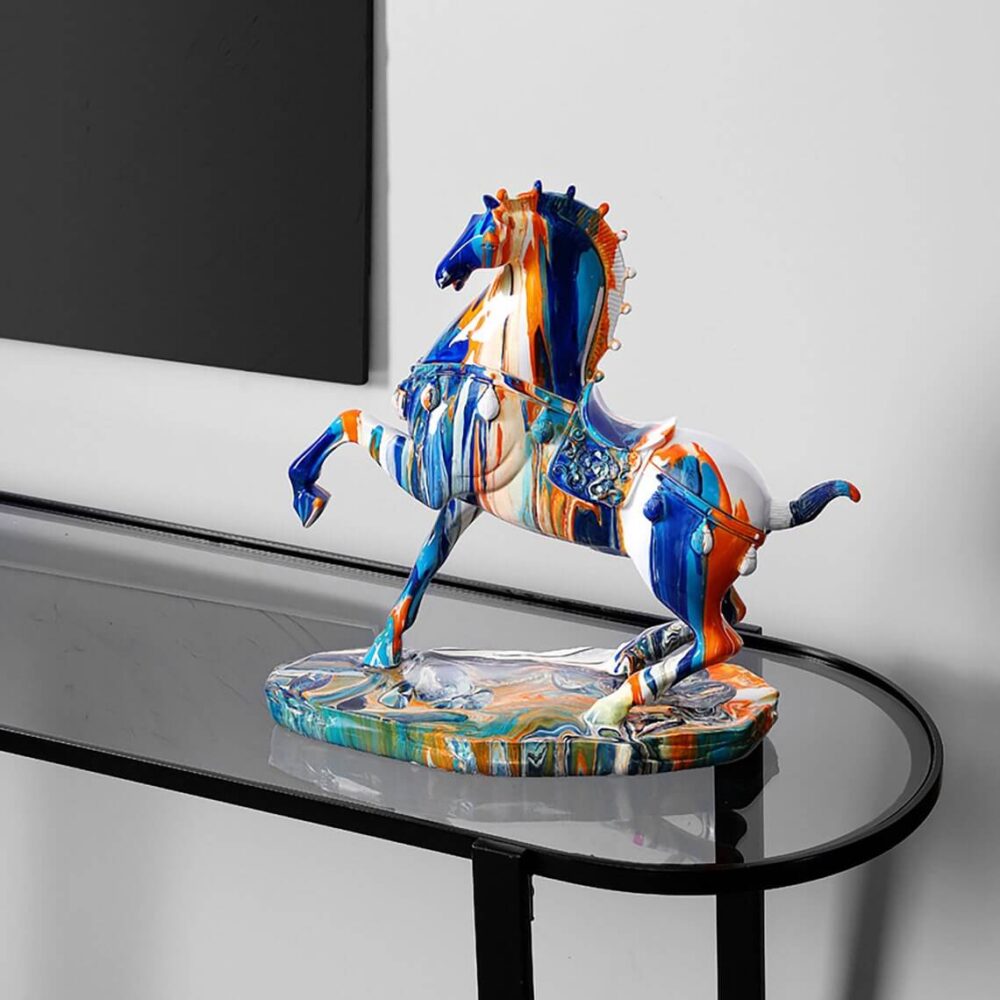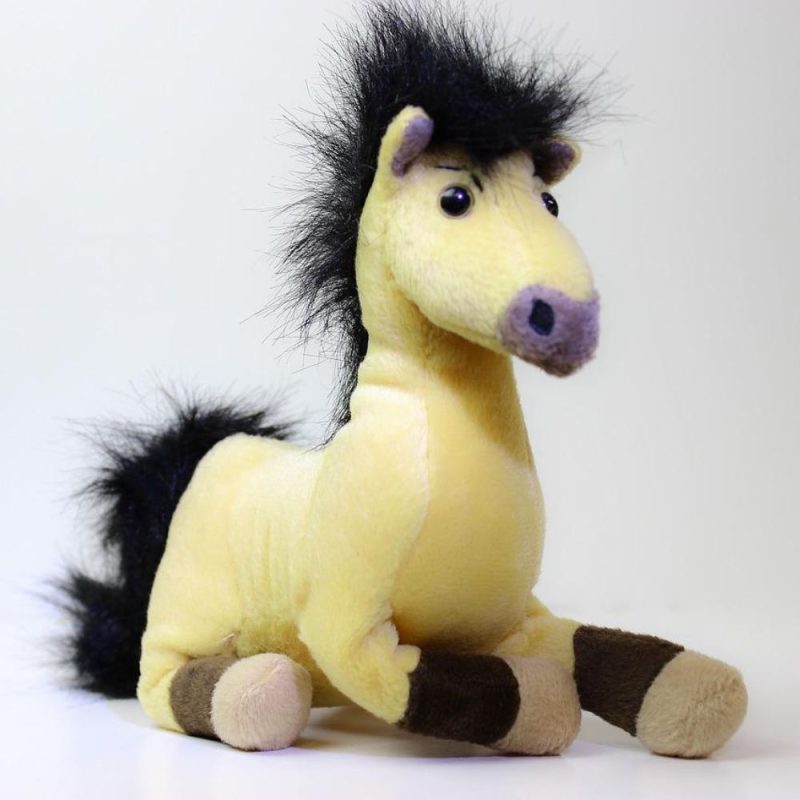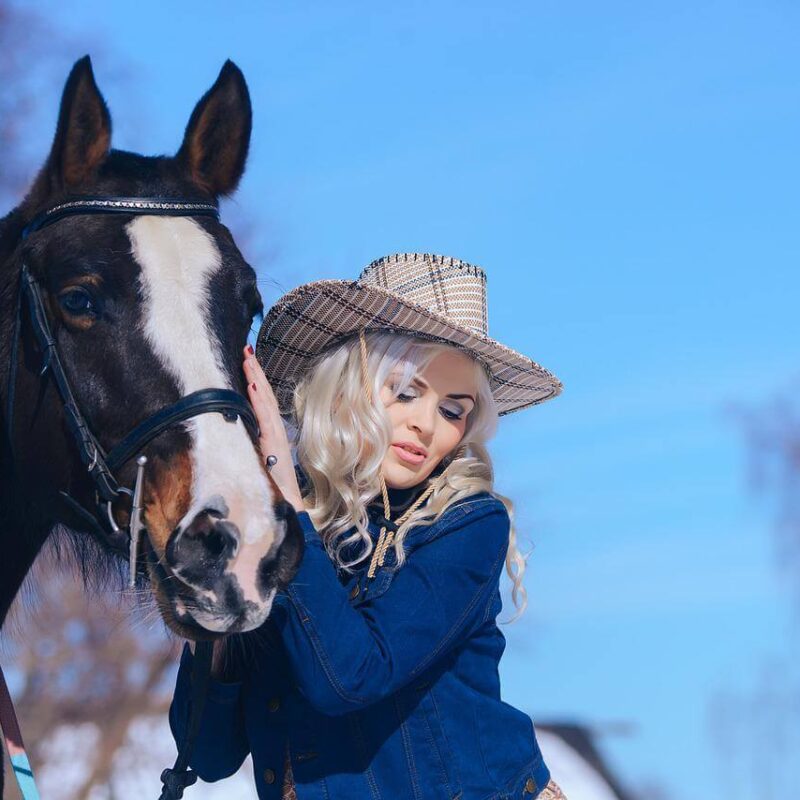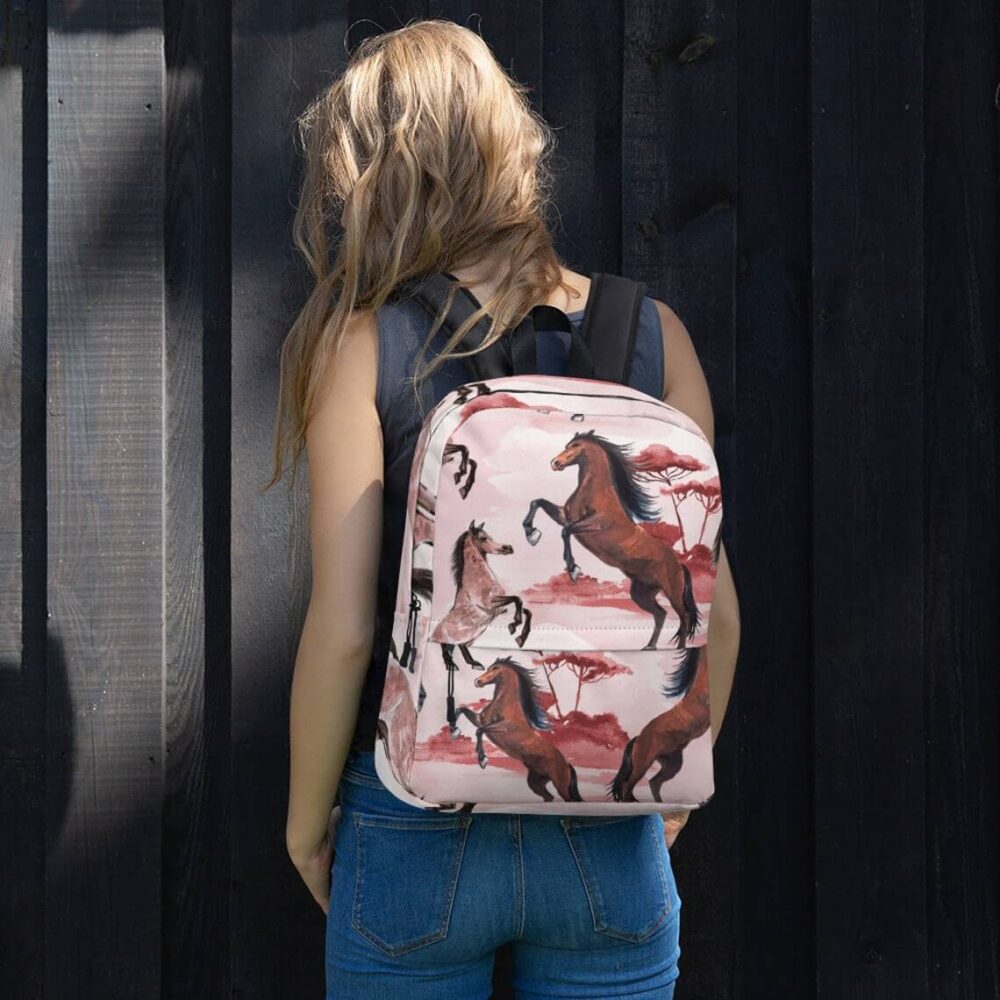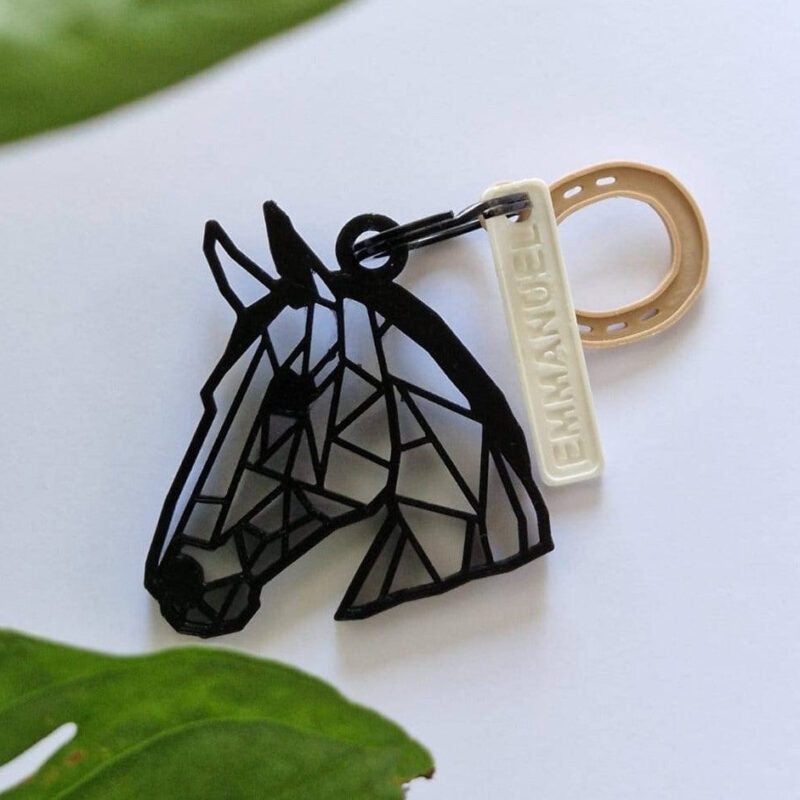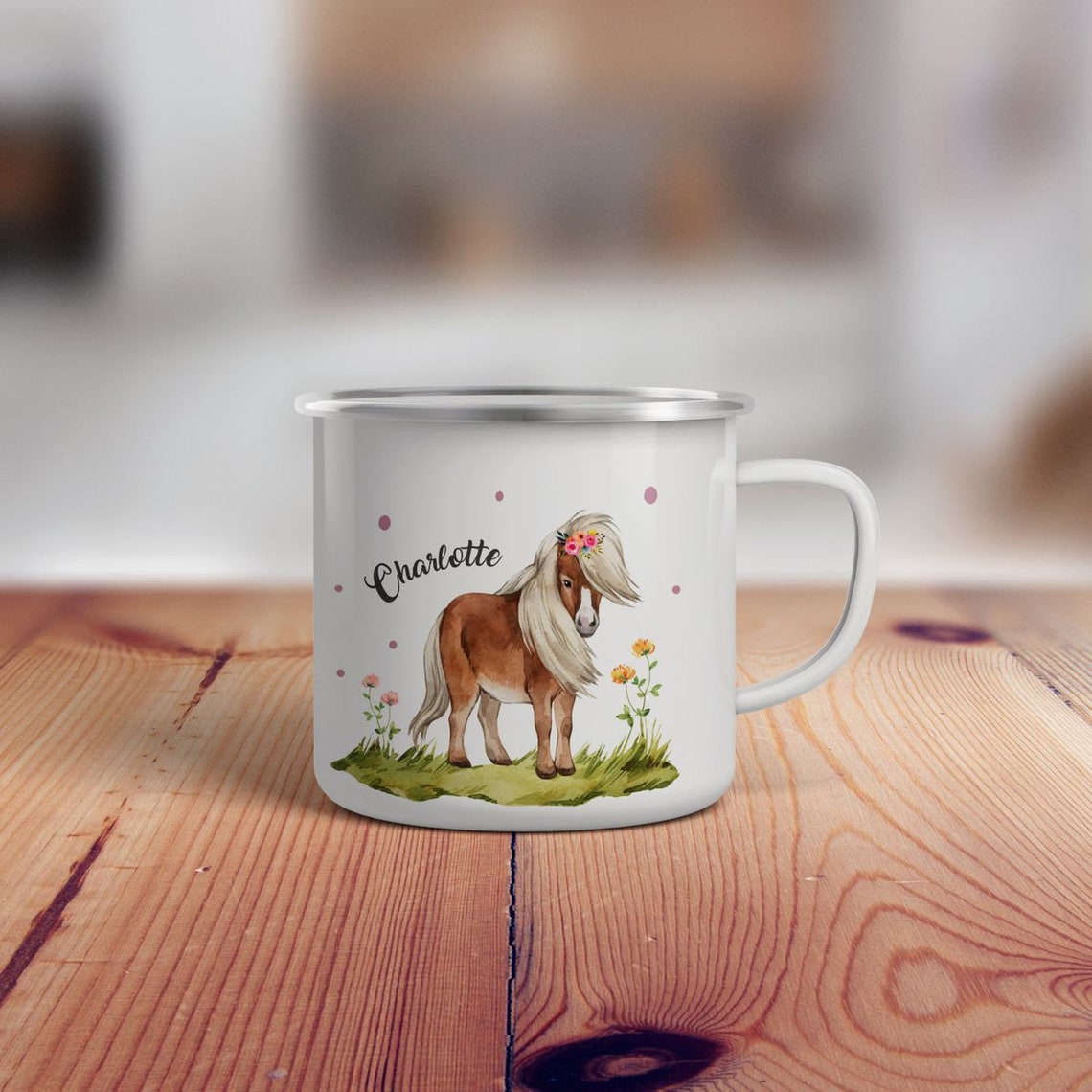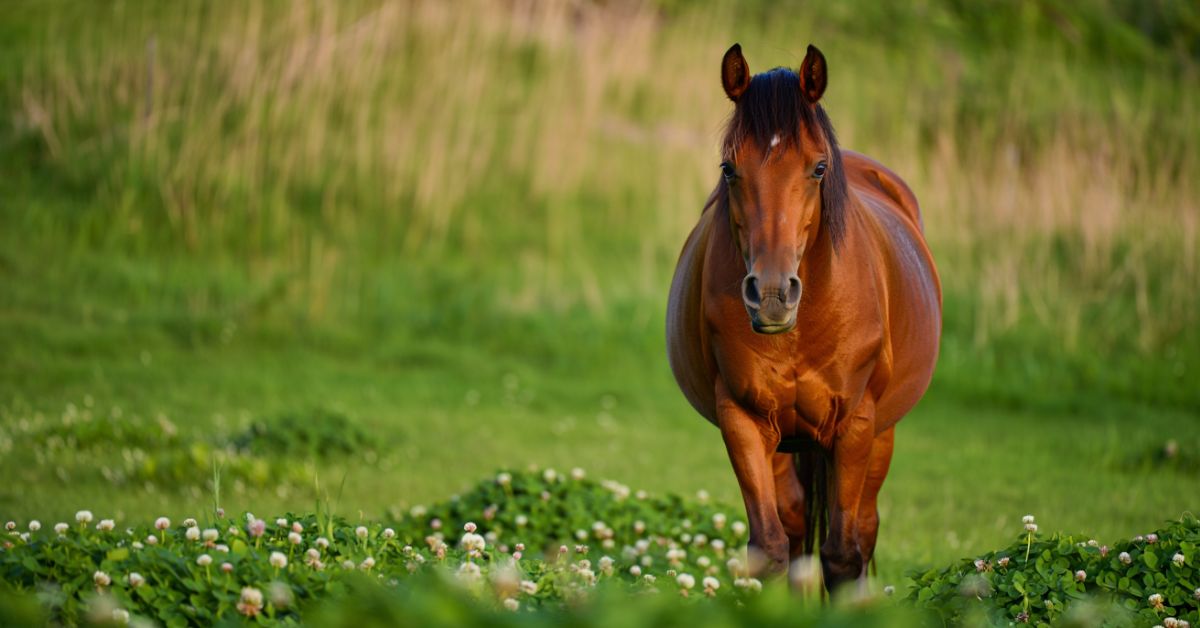
Is Clover Bad for Horses? The Complete Guide to Clover Safety and Risks
Is clover bad for horses? The short answer is: it depends. Small amounts of clover in your horse's pasture aren't necessarily harmful, but certain types and conditions can turn this common plant into a serious health risk. Clover toxicity in horses can range from mild slobbering to life-threatening liver damage, depending on the variety and whether fungal contamination is present. Red clover dangers for horses, alsike clover toxicity, and white clover problems for horses each present unique challenges that every horse owner should understand. The key is knowing which types pose risks, recognizing warning signs like slobbering in horses from clover, and managing your pasture to keep clover content in hay and grazing areas at safe levels. Whether you're dealing with fresh pasture or stored hay, understanding clover health risks for horses will help you make informed decisions about your beloved companion's diet and wellbeing. 🐴
Understanding Clover Types and Their Impact on Equine Health
Not all clovers are created equal when it comes to horse diet and clover compatibility. The three main varieties you'll encounter in North American pastures each carry different risk levels, and knowing the difference could save your horse's life.
Red clover is probably the most common variety you'll spot in mixed pastures. While moderate amounts are generally tolerable, red clover dangers for horses emerge when it's infected with a specific fungus called Rhizoctonia leguminicola. This sneaky organism produces slaframine, a mycotoxin that causes the infamous clover slobbers – excessive salivation that can drench your horse's chest and create serious dehydration issues. According to research from the University of Kentucky, published in 2019, horses can lose up to 40 liters of saliva per day when affected by this condition.
White clover tends to be less problematic overall, but white clover problems for horses still exist. When consumed in excessive amounts – particularly in lush spring growth – it can contribute to digestive upset and, in rare cases, clover-induced laminitis. The high protein content in white clover can upset the delicate balance of your horse's hindgut, leading to fermentation issues.
Alsike clover, however, is the villain of the clover family. Alsike clover toxicity is no joke – this pretty pink-and-white flowering plant contains compounds that cause severe liver damage and photosensitivity. Alsike clover disease has been documented since the early 1900s, and it remains a serious concern today. As veterinarian Dr. Anthony Knight noted in his 2006 publication, "Alsike clover poisoning represents one of the most insidious toxicities in equine medicine because damage accumulates over time."
Recognizing Different Clover Varieties
Identifying poisonous clover varieties requires a keen eye:
-
Red clover: Distinctive purple-pink flowers, oval leaves with V-shaped watermarks
-
White clover: Small white flowers, no leaf markings, grows close to ground
-
Alsike clover: Pink-white flowers, smooth leaves without markings, taller stems
The smartest approach to pasture management for horses involves regular pasture walks to identify and manage clover populations before they become problematic.
The Science Behind Clover Toxicity: Mycotoxins and Fungal Contamination
Here's where things get really interesting – and a bit scary. The biggest threat isn't always the clover itself, but what's living on it. Mycotoxins in clover develop when certain fungi colonize the plants, transforming an otherwise acceptable forage into a toxic threat.
Rhizoctonia leguminicola is the primary culprit behind clover fungus horses need to avoid. This fungus thrives in warm, humid conditions – typically between May and October in most temperate regions. When horses consume infected red clover, the slaframine toxicity triggers an immediate and dramatic response: excessive salivation in horses that can seem almost cartoonish if it weren't so dangerous.
The mechanism is fascinating: slaframine acts as a parasympathomimetic agent, meaning it mimics the action of the parasympathetic nervous system, which controls salivation. Your horse's body basically gets stuck in "drool mode," producing saliva continuously without the ability to shut it off naturally. This isn't just inconvenient – severe clover slobbers can lead to dehydration, electrolyte imbalances, and secondary complications.
But wait, there's more! Fungus on clover leaves can produce other problematic compounds. Moldy clover horses consume may contain various mycotoxins that affect different body systems. Equine fungal mycotoxicosis is an umbrella term covering multiple conditions caused by these toxic substances.
The 2018 research from Cornell University showed that mycotoxin levels in clover can vary dramatically even within the same field, making it impossible to judge safety by appearance alone. Weather conditions play a massive role – a week of humid weather following rain can turn a safe pasture into a minefield of fungal growth.
Environmental Factors That Increase Risk
Temperature and humidity aren't the only factors. Poor forage suitability for horses often results from:
-
Overgrazing that stresses plants and makes them susceptible to infection
-
Inadequate air circulation in dense clover patches
-
Extended periods of leaf wetness from dew or rain
-
Soil compaction that weakens plant health
Your best defense? Regular monitoring and understanding that when is clover dangerous for horses often depends more on environmental conditions than the season alone.
Symptoms and Health Consequences: What to Watch For
Recognizing clover poisoning symptoms early can make the difference between a minor health scare and a veterinary emergency. The signs vary dramatically depending on which type of clover and contamination your horse has encountered.
Clover slobbers are the most obvious and immediate sign of clover consumption by horses containing Rhizoctonia leguminicola. You'll notice:
-
Profuse drooling that soaks the chest and front legs
-
Strands of saliva hanging from the mouth
-
Frequent head shaking or lip smacking
-
Wet patches on the ground where your horse stands
-
Possible mild colic from swallowing excess saliva
The good news? Slobbering in horses from clover typically resolves within 24-48 hours once the horse is removed from the contaminated forage. However, during this period, you'll need to ensure adequate hydration and monitor for secondary complications.
Alsike clover disease presents much more insidiously and seriously. Early symptoms include:
-
Loss of appetite and depression
-
Weight loss despite adequate feed availability
-
Jaundice (yellowing of gums and eye whites)
-
Photosensitivity clover horses develop, causing sunburn-like lesions on pink-skinned areas
-
Sloughing skin clover exposure causes, particularly on the muzzle, ears, and white-marked legs
Liver damage from alsike clover accumulates over time. Horses might consume small amounts for weeks before showing obvious signs. By the time jaundice appears, significant hepatic damage has already occurred. A 2020 study published in the Journal of Veterinary Internal Medicine found that horses showing clinical signs of alsike poisoning had, on average, consumed contaminated forage for 4-6 weeks before diagnosis.
Long-term Health Implications
Clover-related equine diseases can have lasting effects. Equine clover reaction severity depends on:
-
Duration of exposure
-
Amount consumed
-
Individual horse sensitivity
-
Concurrent health conditions
-
Liver function prior to exposure
Some horses develop chronic liver dysfunction following severe clover ingestion effects on horses, requiring lifelong dietary management and monitoring.
While less common, clover bloat in horses can occur, though it's more frequently seen in cattle. Horses have a different digestive system that makes bloat less likely, but rapid consumption of large amounts of fresh, lush clover – particularly in hungry horses turned out after confinement – can cause gas accumulation and digestive distress.
Safe Clover Management: Practical Feeding Guidelines
So, you're probably wondering: what's the safe percentage of clover in pasture for horses? Most equine nutritionists agree that keeping clover below 20-30% of total pasture composition minimizes risk while still allowing some nutritional benefits. This is where effective pasture management for horses becomes crucial.
Clover patch management requires a multi-pronged approach. You can't just ignore those spreading clover colonies and hope for the best! Here's your action plan:
First, assess your current situation. Walk your pastures regularly – I'm talking weekly during growing season – and note where clover is establishing. Pay special attention to identifying poisonous clover varieties, particularly alsike with its distinctive pink-white flowers.
Weed control in horse pastures (clover) doesn't necessarily mean complete elimination. Aggressive chemical treatment isn't always the answer, especially if you're dealing primarily with red or white clover at manageable levels. However, alsike clover should be eliminated entirely. Selective herbicides containing clopyralid or aminopyridines can target clovers while leaving grasses relatively unharmed. Always follow label directions and observe appropriate grazing restrictions after application.
Feeding clover hay to horses requires extra vigilance. When purchasing hay, inspect it carefully:
-
Smell for mustiness or mold (trust your nose!) 🤧
-
Check for visible fungal growth, especially dark patches on clover leaves
-
Ask suppliers about field conditions during cutting and curing
-
Request to see where hay was stored (dry, well-ventilated areas are essential)
A practical example: If you're feeding a 1,000-pound horse consuming 20 pounds of hay daily, and that hay contains 40% clover (which would be high), your horse is ingesting 8 pounds of clover per day. If even 5% of that clover is affected by Rhizoctonia leguminicola, you're looking at nearly half a pound of contaminated material – more than enough to trigger clover slobbers.
Creating a Balanced Feeding Program
Clover intake limits horses can safely handle vary by individual, but general guidelines suggest:
-
Limit clover in total daily forage to no more than 20%
-
Rotate pastures to prevent overgrazing and stress on plants
-
Supplement with grass hay when pasture clover content is high
-
Provide adequate forage so horses aren't desperately hungry when turned out
-
Monitor body condition and adjust accordingly
As equine nutritionist Dr. Juliet Getty stated in 2021, "Horses are amazingly adaptable foragers, but our management practices often force them into situations where they consume too much of one plant species. Diversity is nature's insurance policy."
The Benefits vs. Risks Debate: Making Informed Decisions
Let's be balanced here – clover isn't pure evil. Understanding clover benefits and risks horses experience helps you make rational decisions rather than panicking at the sight of a single clover plant.
Clover consumption by horses in moderate amounts actually provides some advantages:
-
High protein content (15-25% depending on variety and maturity)
-
Rich in calcium, beneficial for growing horses and lactating mares
-
Fixes nitrogen in soil, improving overall pasture quality
-
Highly palatable, encouraging adequate forage intake in picky eaters
The 2017 research from Ohio State University demonstrated that horses grazing mixed grass-clover pastures (with clover at 15-20%) showed better body condition scores and coat quality compared to those on pure grass pastures. The key word? Mixed. Diversity is your friend.
So is clover safe for horses? In controlled amounts, yes. The problems arise when:
-
Clover becomes the dominant forage (over 30-40% of diet)
-
Fungal contamination occurs, creating mycotoxins in clover
-
Horses consume alsike clover varieties
-
Environmental conditions favor fungal growth
-
Horses are suddenly exposed to lush clover after a period without it
Risk Mitigation Strategies
Smart horse owners implement these practices:
Strategic grazing management: Rotate horses through pastures before they graze down to clover-dominant areas. Horses naturally prefer grass when given the choice, but hungry horses will consume whatever's available.
Seasonal awareness: When is clover dangerous for horses typically peaks during warm, humid periods. In most regions, this means June through September pose the highest risk for clover fungus horses might encounter. A 2022 study from Virginia Tech found that Rhizoctonia leguminicola infections peaked in July and August, coinciding with warm nights and heavy dew formation.
Regular monitoring: Develop a checklist for your pasture walks. Document clover percentages, watch for fungal symptoms, and note any changes in your horse's behavior or health. Early detection of clover poisoning symptoms allows for quick intervention.
Calculated risk assessment: A small amount of red or white clover in a diverse pasture with good management? Probably fine. A pasture dominated by alsike clover during humid summer months? Definite problem that requires immediate action.
Frequently Asked Questions on Clover and Horse Health
Is clover bad for horses to eat?
Is clover bad for horses? Not inherently, but it depends on the type, amount, and condition. Small to moderate amounts (under 20-30% of diet) of red or white clover in healthy condition are generally safe. However, alsike clover toxicity makes that variety dangerous at any level, and fungal contamination of any clover type creates serious risks. Clover health risks for horses increase dramatically when environmental conditions favor mycotoxins in clover production or when clover dominates the diet.
What are the signs of clover poisoning in horses?
Clover poisoning symptoms vary by contamination type. Slobbering in horses from clover affected by Rhizoctonia leguminicola is the most obvious sign – profuse, excessive salivation that can soak the chest. Alsike clover disease causes more severe symptoms including weight loss, jaundice, photosensitivity clover horses develop (sunburn-like skin damage), and liver damage from alsike clover consumption. Sloughing skin clover exposure causes typically affects pink or white-skinned areas. Any sudden onset of excessive drooling or skin sensitivity should prompt immediate veterinary consultation and removal from clover-containing pastures.
How much clover is too much for horses?
The safe percentage of clover in pasture is generally considered to be 20-30% or less of total forage. Clover intake limits horses can safely handle depend on factors like clover type, presence of fungal contamination, and individual sensitivity. Forage suitability for horses decreases as clover percentage increases beyond 30%. For feeding clover hay to horses, inspect carefully for mold and fungal growth, which dramatically reduces safe consumption levels. When in doubt, choose hay with lower clover content, particularly for horses with any history of liver issues or previous equine clover reaction.
Can horses eat red clover or white clover safely?
Is clover safe for horses of the red or white varieties? Yes, in moderation and when free from fungal contamination. Red clover dangers for horses and white clover problems for horses primarily arise from two scenarios: overconsumption (more than 30-40% of diet) and clover fungus horses encounter during warm, humid conditions. Rhizoctonia leguminicola causes clover slobbers in red clover, while excessive white clover can contribute to digestive issues. Both are far less dangerous than alsike clover, but still require monitoring and proper pasture management for horses to prevent problems.
What should I do if my horse has clover slobbers?
If you notice excessive salivation in horses consistent with clover slobbers, immediately remove your horse from the contaminated pasture or hay source. Slaframine toxicity causing the slobbering typically resolves within 24-48 hours once exposure stops. Ensure your horse has access to plenty of fresh water to prevent dehydration from saliva loss. Monitor for signs of colic or distress from swallowing excess saliva. While clover slobbers are uncomfortable and messy, they're rarely life-threatening if managed promptly. Contact your veterinarian if symptoms persist beyond 48 hours or if your horse shows other concerning signs. Review your clover content in hay and clover patch management strategies to prevent recurrence.
How do I control clover in my horse pasture?
Effective weed control in horse pastures (clover) requires a balanced approach to pasture management for horses. Clover patch management strategies include: regular mowing before clover flowers and sets seed, strategic grazing rotation to prevent overgrazing that favors clover establishment, proper fertilization to promote grass growth over clovers, and selective herbicide application when necessary (especially for alsike clover toxicity prevention). For clover types horses should avoid – particularly alsike – aggressive removal is warranted. However, completely eliminating red and white clover may not be necessary or beneficial. Focus on keeping clover percentage below 30% of total pasture composition while maintaining overall forage diversity. Understanding when is clover dangerous for horses – primarily during warm, humid conditions favoring fungal growth – helps you time management interventions effectively.









